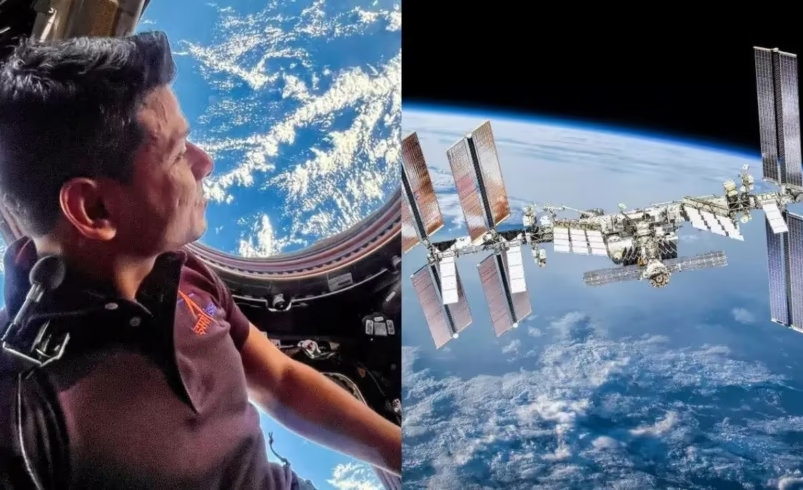Shubhanshu Shukla recalls surreal ‘white nights’ aboard ISS
- September 17, 2025
- 0

(plain text): Astronaut Shubhanshu Shukla has shared a remarkable account of his time aboard the International Space Station (ISS), where he experienced the rare phenomenon of “white nights.” As part of the Axiom-4 mission, Shukla became India’s first astronaut to live and work on the orbiting laboratory. His description captures both the wonder and the challenges of life in space when daylight never truly fades.
During his stay on the ISS, Shukla witnessed a phenomenon where the sun never fully set, leaving the station bathed in continuous light. This occurrence, known as “white nights,” is linked to the orbital mechanics of the station and its orientation relative to Earth and the sun. For astronauts accustomed to structured schedules, this unbroken brightness created a surreal environment that blurred their sense of day and night.
The unusual lighting conditions were caused by what scientists call the “beta angle.” This angle refers to how sunlight strikes the station during its orbit. When it reaches certain values, it prevents darkness from falling over parts of the ISS for extended periods. While visually stunning, this constant exposure to sunlight presented unique operational challenges for both astronauts and onboard systems.
For Shukla and his fellow crew members, adjusting to life without natural cycles of light and dark was not easy. Human circadian rhythms rely heavily on these cues, and their absence can disrupt sleep patterns, concentration, and overall well-being. The crew had to depend on artificial lighting schedules and strict routines to maintain a sense of normalcy amid an environment where time seemed suspended.
Beyond personal adaptation, “white nights” also posed technical difficulties for spacecraft systems. The uninterrupted solar exposure placed additional stress on cooling mechanisms designed to regulate onboard temperatures. Solar arrays, which supply power to the station, also faced prolonged strain under constant sunlight. Managing these conditions required careful monitoring by mission control teams to ensure safety and efficiency throughout the mission.
Despite these hurdles, Shukla described his experience with awe at witnessing such a rare natural occurrence from space. The sight of Earth illuminated continuously offered a perspective few humans have ever encountered. His reflections highlight how space exploration is not only about scientific progress but also about moments that inspire wonder at humanity’s place in the universe.
Shubhanshu Shukla’s account of “white nights” aboard the ISS underscores both the beauty and complexity of living in orbit. While continuous daylight challenged human routines and spacecraft systems alike, it also provided an unforgettable reminder of how extraordinary life beyond Earth can be. His story blends scientific insight with human curiosity—an enduring theme at the heart of space exploration.